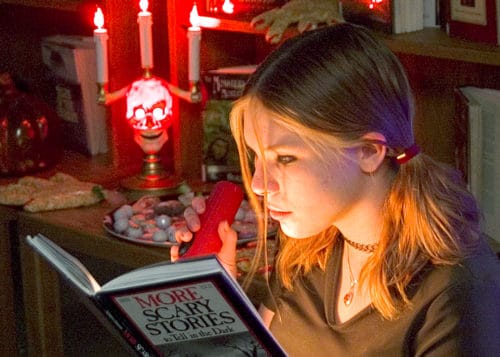The World’s Worst…and Best Puppy
Let’s admit it. We had been warned. “Puppies are just like babies,” friends said. “At your age, a puppy will wear both of you out,” our kids told us. They…
Let’s admit it. We had been warned. “Puppies are just like babies,” friends said. “At your age, a puppy will wear both of you out,” our kids told us. They…
The United States is a diverse country. We are a culturally, intellectually, and religiously diverse people, and our regional foods reflect that. Every state, and even every city can lay…
My family is big on wordplay—the sillier the better. Whether it’s deliberately mispronouncing or making up words for comic effect (only to us), overusing idioms (beating a dead horse), or…

“Don’t worry, all the hauntings here are friendly,” the curator reassured us at the start of the tour. He felt the need to offer this calming statement because we were…
Now that it’s summer--the traditional wedding season--I find myself wondering each weekend about all the brave souls who’ll be tying the proverbial knot, for better or worse. I always hope…